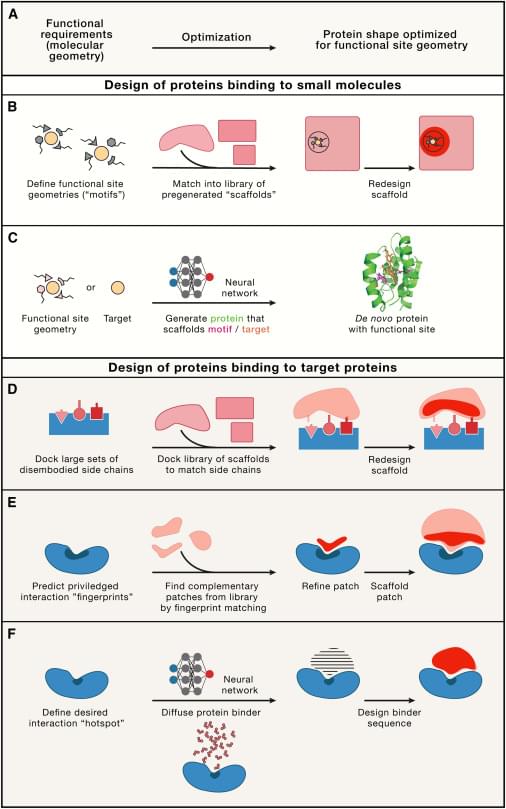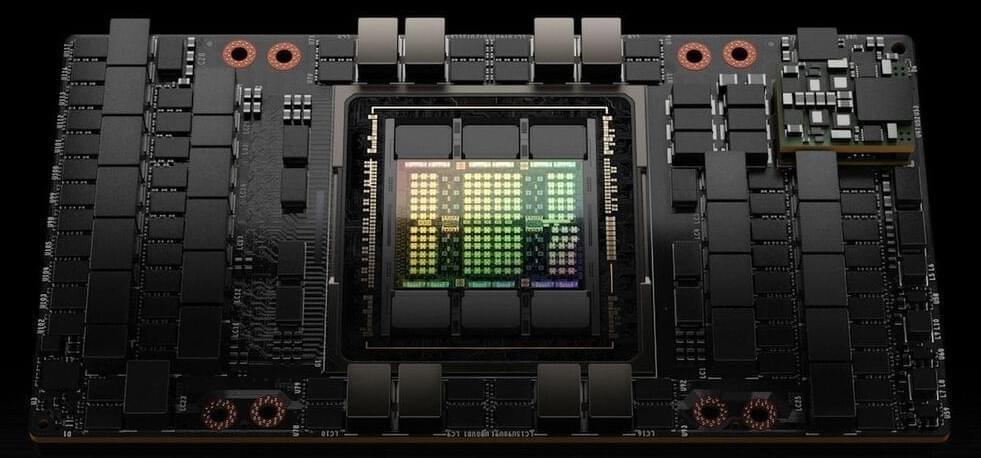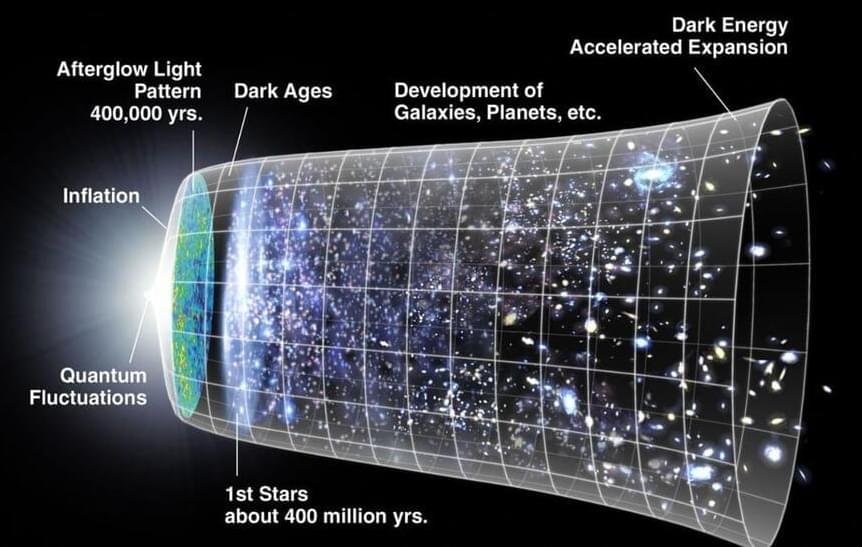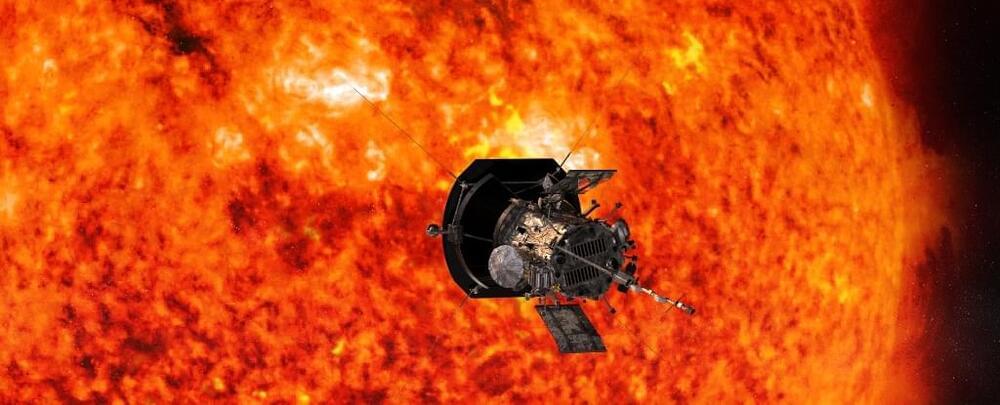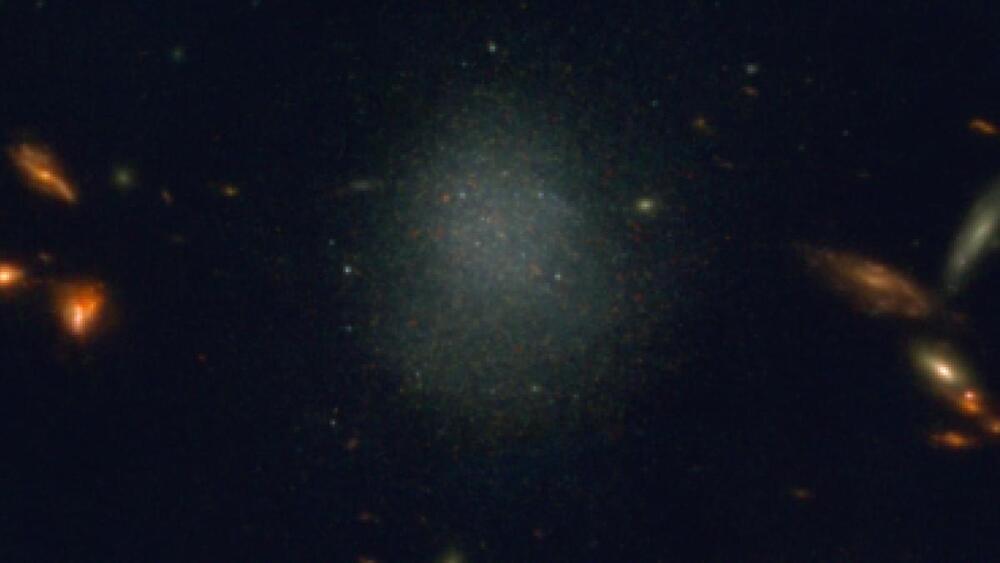
A team of astronomers, led by Arizona State University Assistant Research Scientist Tim Carleton, has discovered a dwarf galaxy that appeared in James Webb Space Telescope imaging that wasn’t the primary observation target.
Galaxies are bound together by gravity and made up of stars and planets, with vast clouds of dust and gas as well as dark matter. Dwarf galaxies are the most abundant galaxies in the universe, and are by definition small with low luminosity. They have fewer than 100 million stars, while the Milky Way, for example, has nearly 200 billion stars.
Recent dwarf galaxy observations of the abundance of “ultra-diffuse galaxies” beyond the reach of previous large spectroscopic surveys suggest that our understanding of the dwarf galaxy population may be incomplete.
